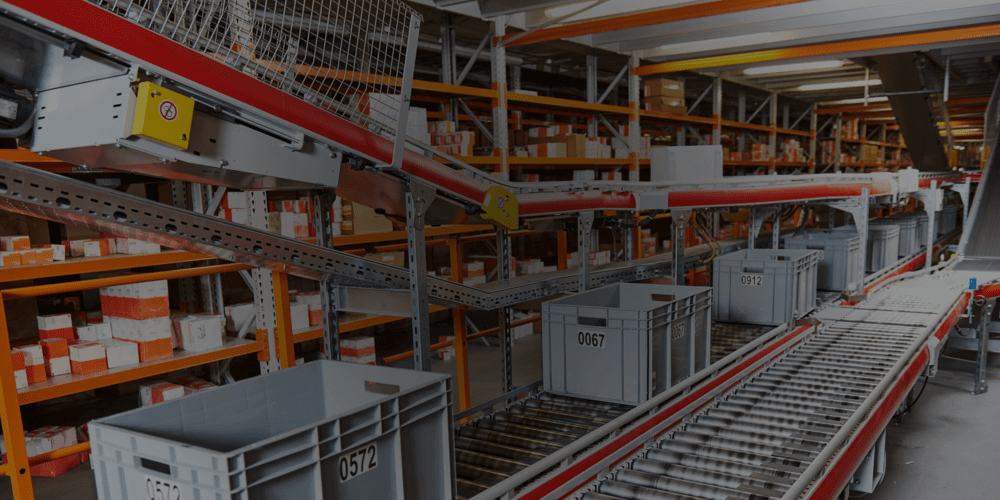Reverse Logistics

Definition
Reverse logistics, in its simplest form, defines the set of operational tasks related to returning goods, raw or finished, from the point of destination back to the point of origin. The return of the goods may be for reuse, disposal, or resale to capture value from the products. Reverse logistics has been a part of the supply chain for many years but has taken on added importance as business-to-consumer e-commerce sales have grown.
The e-Commerce Effect on Returned Goods
For many years, small package shippers largely focused on the best ways to most efficiently get their goods from their warehouses to their customers. Today, these businesses ship to two types of customers – business-to-business customers (B2B), business-to-consumer customers (B2C) or a mix.
With the growth of e-commerce business, a quantum shift in parcel delivery and the differences in serving each of these clients has become more obvious.
Prior to this century, the majority of small parcel delivery was predominately focused on B2B deliveries, which had a very low percentage of returns. There were exceptions to this, such as catalogue shippers and mass mailers, such as K-Tel and other distributors that sold products on late night TV, and shoppers placed their orders and paid the UPS or USPS C.O.D. fee.
As consumers flocked to online shopping, however, parcel shipping – and returns – exploded. Many companies began shipping high volumes of e-commerce orders, but were generally ill equipped to reprocess and restock the hundreds or thousands of daily returns they began to receive. In the early days, many high-volume shippers simply tossed or stored the returned goods in a trailer and sold the contents typically sight unseen for pennies on the dollar.
Reverse Logistics as a Business
There had to be a better way, and the business of reverse logistics was born. While many low value item shippers still use the blind trailer sale approach, it is not cost-justifiable to take pennies on the dollar for high-value items such as a computer, Apple products or other valuable merchandise that has been only slightly damaged or just been returned, often for no reason, by a customer.
New reverse logistics companies have emerged as a channel to resell returned goods, often on highly profitable websites that offer scuffed, reconditioned or returned merchandise at discounted prices, yet significantly more than mere pennies on the dollar.
It is estimated that over 20% of all eCommerce purchases are returned, so including returns capabilities within your shipping processes is the key to success. If you’d like to know more about how we our multi-carrier parcel shipping software facilitates and simplifies the returns process for many of our high-volume clients, visit www.creativelogistics.com and drop us a line at the Contact Us page.





